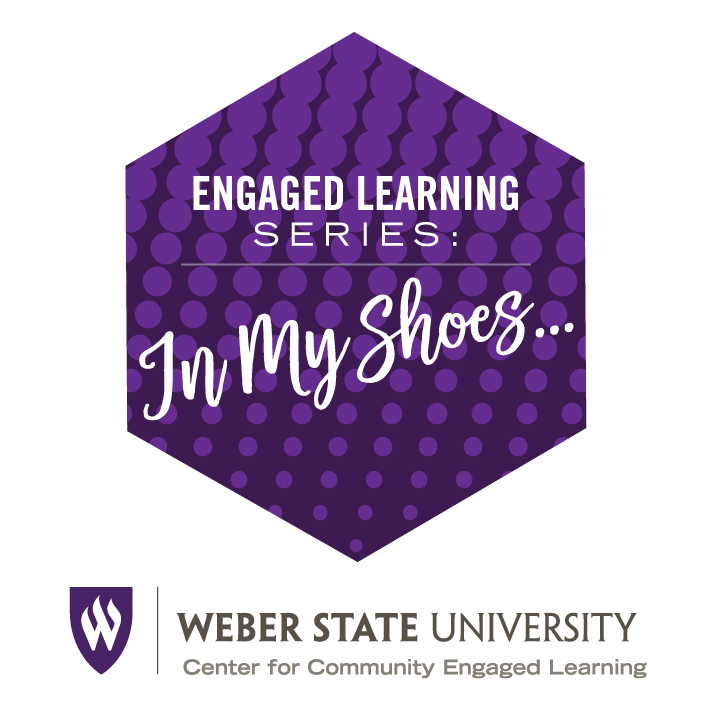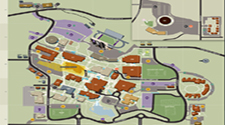Connected to Nature
September 27th, 2019, by Alexis Sullivan, botany major
and Hulet Round River Scholarship recipient
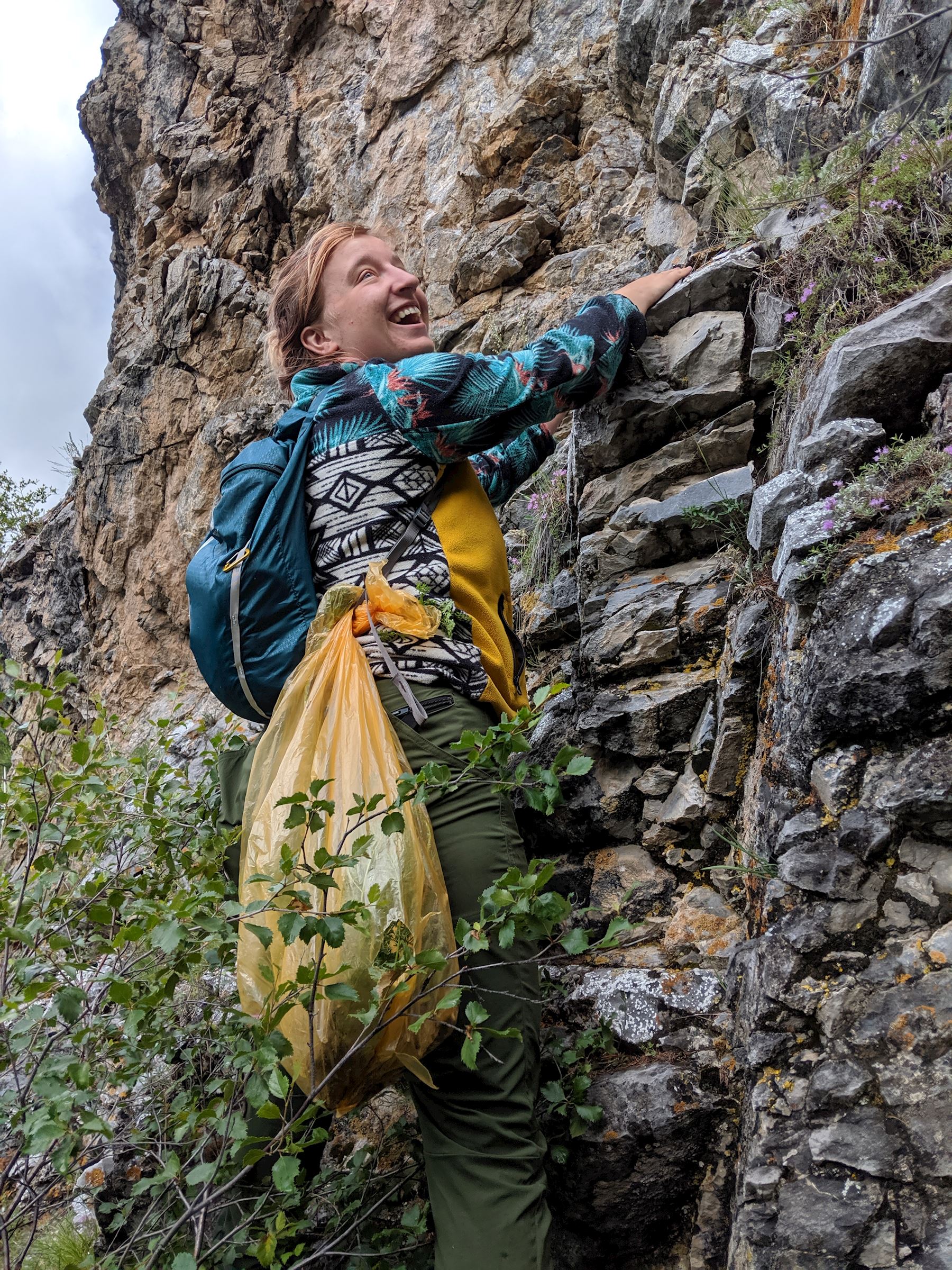
In the Darhad Valley in Northern Mongolia is a beautiful depression of meadow steppe with 300 lakes leading up into the fringes of the Siberian taiga. The people in the Darhad have lived there for hundreds of years using its grasslands for their livestock, the trees to build their homes, and the water to drink and bathe. Their everyday lives are constantly connected to the natural world around them. Never in a way that feels as if they’re only asking and taking, only in a way of respect and reciprocity.
Every summer and every winter the scenery outside of a family’s ger will change. With each season comes a move from one pasture to another to give the land time to heal and return to its previous condition. This nomadic lifestyle common for many Mongolian herders allows for the soil to incorporate the new organic matter that has been building on the surface providing more nutrients for the plants that will regenerate the following years in hopes that this land can sustain the humans and the wildlife that rely on it. The herders benefit from the land in that it provides food for their livestock and the land benefits from the herders in that they leave behind fresh organic matter from their livestock and dispersed seeds. Neither the herder nor the land leaves this seasonal relationship without gaining something in return for giving something. I thought on this relationship many times as I sat outside of a home in the meadow steppe, watching the goats and yaks graze, and the people herd them each night into their enclosures and waking each morning to milk them. I thought of it again hiking in the remote alpine where at the top of the mountain pass at 3000m lay a large rock ovoo (shrine/altar), covered in offerings of yak skulls and food.
How could I pinpoint just one single experience during my 6 weeks in Mongolia that made an impact on my feelings for conservation and our Earth? It wasn’t just one experience, it was the little moments that built up over time and completely reshaped my perspective on conservation and what it means to be a human on this Earth. Conservation often has this idea around it that humans are separate from nature and that our management plans should incorporate that. The Mongolian people are a perfect example that humans are nature, connected as an engineer of ecosystems, and our role has the biggest impact of any species on Earth.
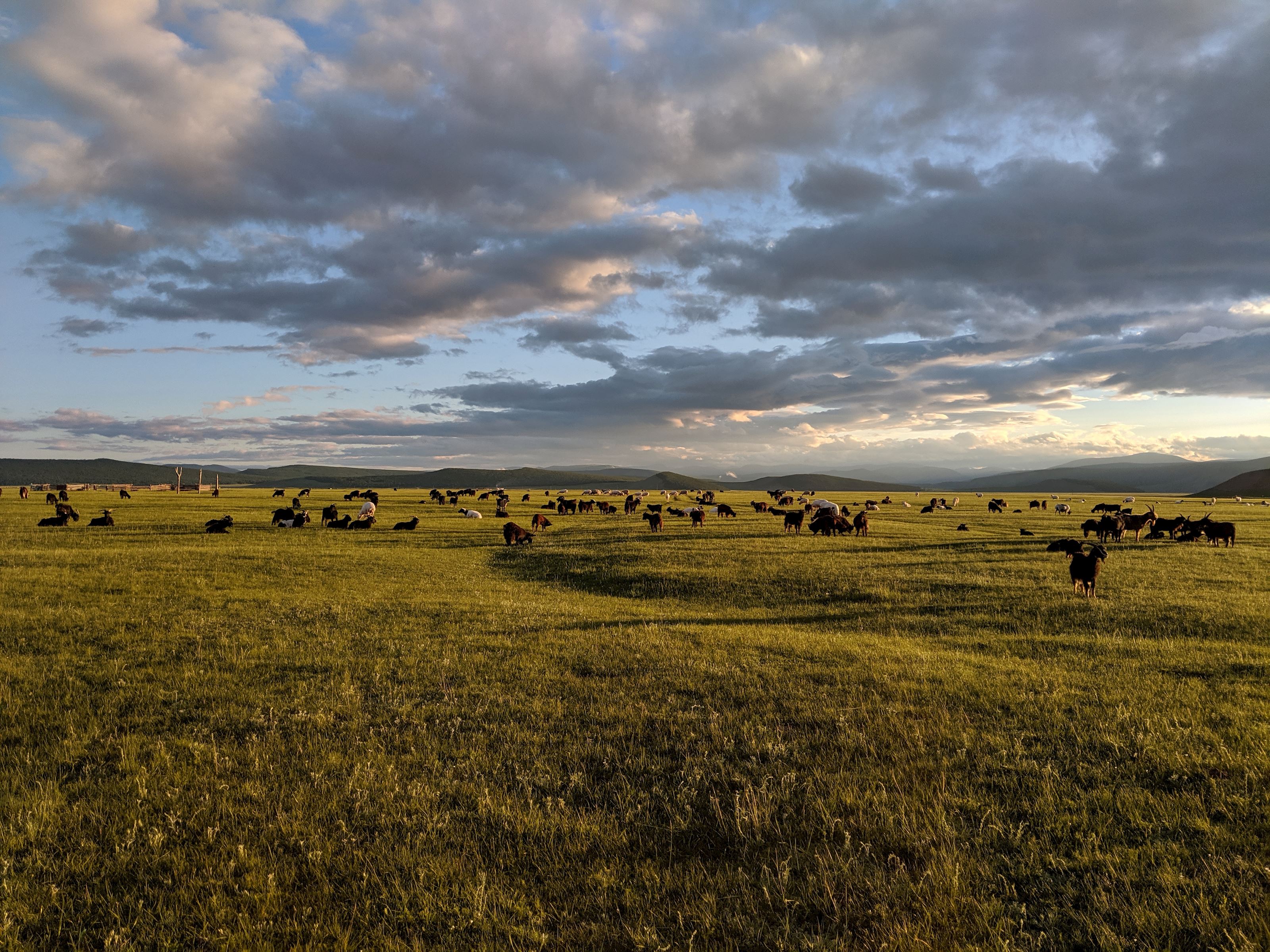
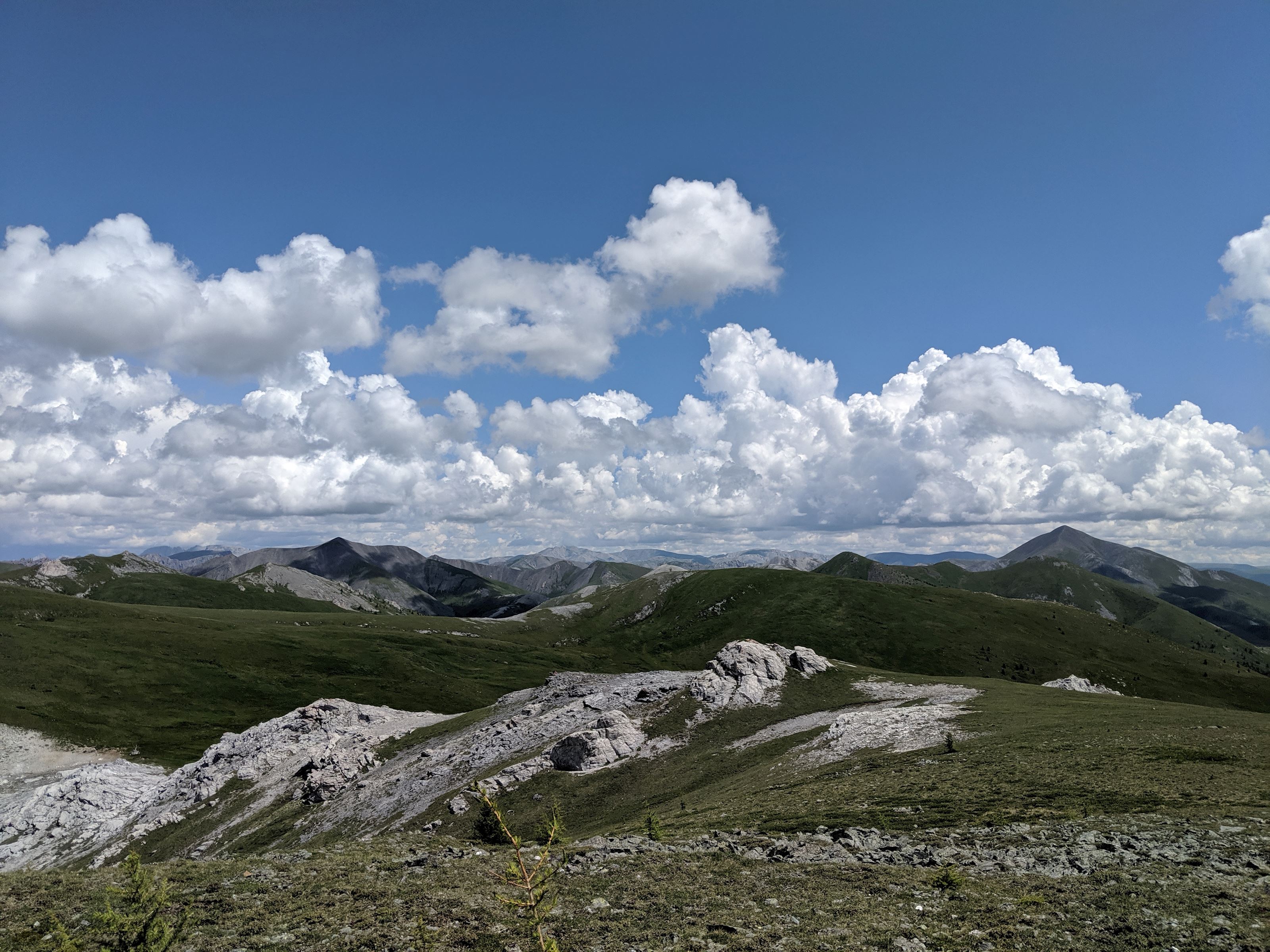

Learn More:
During the summer of 2019, three Weber State students participated in Round River Conservation Studies programs in Mongolia and British Columbia. Come hear about their experiences and learn about international course opportunities with RRCS during the summer of 2020.
Thursday, 3 October at 12:30 p.m. in TY 102
Add the event to your calendar by visiting the Department of Zoology Google Calendar.
Office hours
Semesters
Monday - Thursday:
6:30 a.m. - 11 p.m.
Friday: 6:30 a.m. - 10 p.m.
Saturday: 6:30 a.m. - 6 p.m. Sunday: Closed
Holidays & Breaks Hours may vary
Mailing address
Weber State University
College of Science
1415 Edvalson St., Dept. 2501
Ogden, UT 84408-2501
